5 STIs you might not be aware of
Many people will not notice any signs or symptoms when they have a sexually transmitted infection
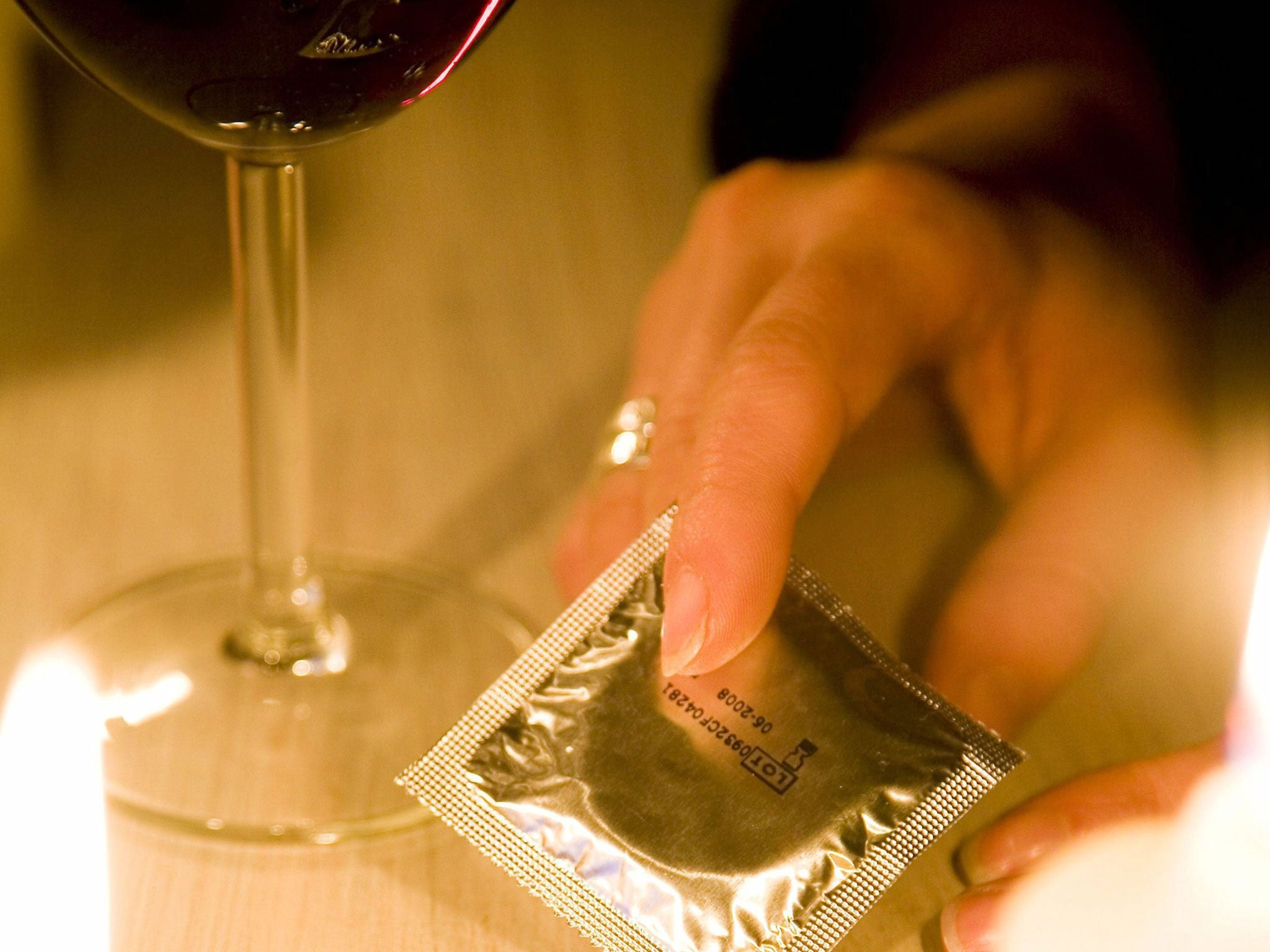
There are many different types of sexually transmitted infections, some of which people have better awareness of than others, for example chlamydia, gonorrhoea and genital warts. Here are some of the lesser known infections which can affect people, how they can spot the signs, and what treatment involves.
Scabies
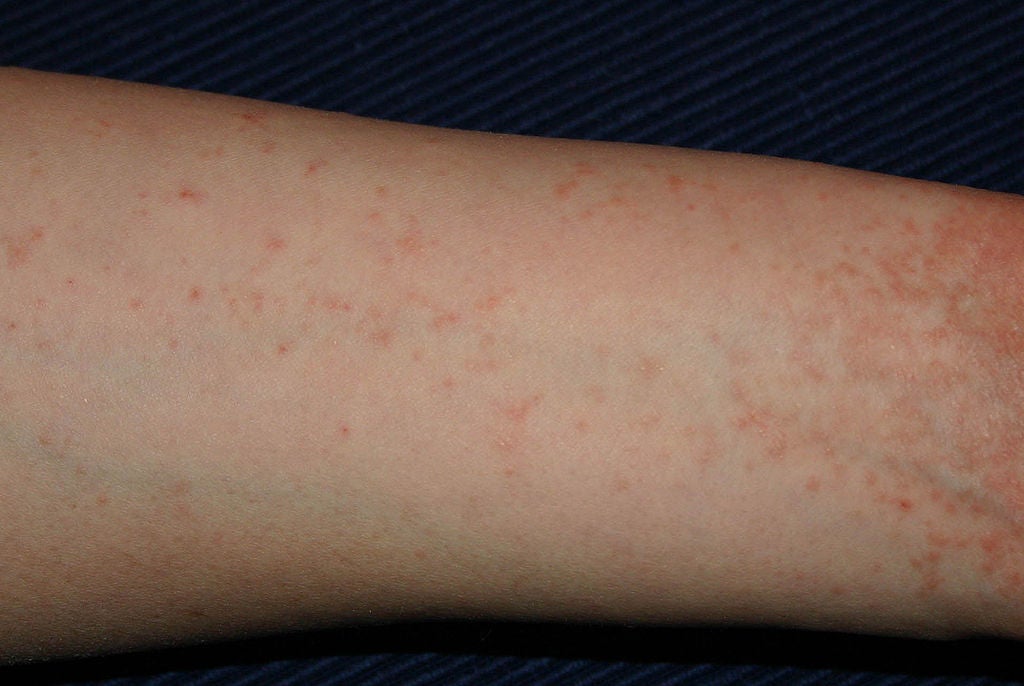
Scabies is caused by tiny parasitic mites, which burrow into the skin and lay eggs. It is common and infections are easily passed from one person to another through close body contact or sexual contact. Both men and women can get and pass them on, and it is possible for children to get scabies through close body contact, including hugging.
The mites can live for up to 72 hours off the body, so it is possible for scabies to be spread by clothing, bedding and towels.
Symptoms
Some people will not have any visible signs or symptoms at all, or may not be aware of them, and it can take up to six weeks after coming into contact with scabies before anything is noticeable.
Symptoms include intense itching in the affected areas, which may be worse at night or after a hot bath or shower, an itchy red rash or tiny spots, inflammation or raw, broken skin in the affected areas – usually caused by scratching.
Scabies mites are very tiny and impossible to see with the naked eye. Fine silvery lines are sometimes visible in the skin where mites have burrowed.
Treatment
Treatment is simple and involves using a special cream or lotion, which the doctor, nurse or pharmacist will explain how to use. You apply the cream or lotion, usually to the whole body, from the neck downwards. This ideally should be done overnight and then rinsed off after 12 hours.
Clothing, bedding and towels should also be washing in a washing machine on a very hot cycle (50°C higher) to kill the mites and avoid re-infection.
Close contacts in the household should be treated at the same time, as well as sexual partners, even if they do not have any signs or symptoms.
Non-specific urethritis
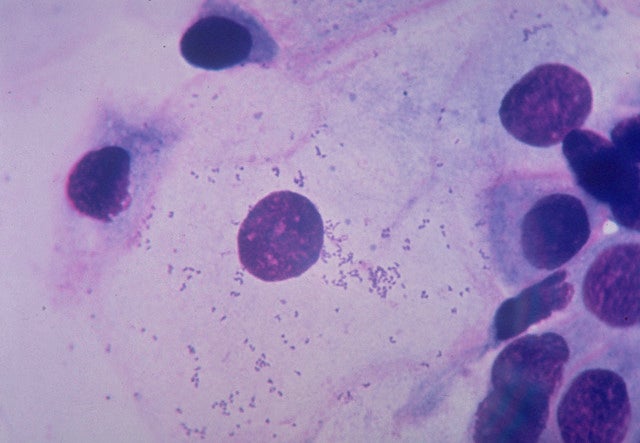
Urethritis is inflammation (pain, redness and/or swelling) of the urethra (tube where urine comes out). Sometimes it is called non-specific urethritis (NSU) when the cause is not yet known and gonorrhoea has been ruled out.
It is possible for men and women to have non-specific urethritis but it is more difficult to diagnose in women. This information is about NSU in men.
Causes of NSU include sexual infections like chlamydia genital herpes and trichomonas vaginalis, but there are other causes, there may be more than one cause, and in some men a cause is never identified.
Symptoms
Not all men who have inflammation will show any signs or symptoms, or they may be so mild they are not noticed. If signs and symptoms do occur they usually show up within two to four of contact with an infection, but they can sometimes appear within a day or two.
Common symptoms include a white or cloudy discharge from the tip of the penis, usually more noticeable first thing in the morning, difficulty, pain or a burning sensation when passing urine, the feeling of needing to pass urine frequently, or itching or irritation at the end of the urethra.
Treatment
NSU is treated with antibiotics, either as a single dose or a longer course (up to two weeks). Some men may get non-specific urethritis more than once, and for a few men it may keep coming back. If this happens, they may be given a second course, or a combination, of antibiotics.
Syphilis
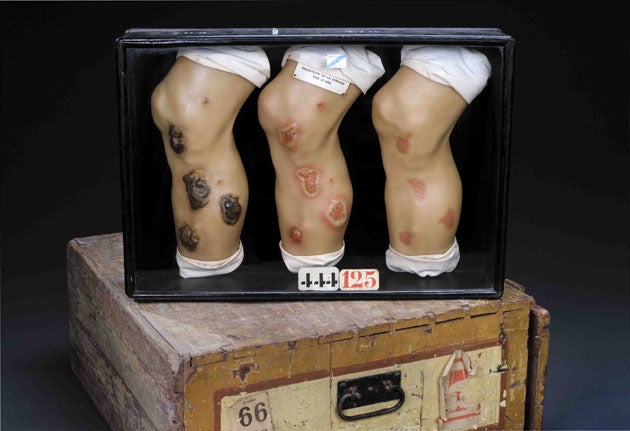
Syphilis is caused by bacteria known as Treponema pallidum. This is easily passed from one person to another through sexual contact. It is not as common as some STIs, and is sometimes associated more with history than the present, but if left untreated it can cause very serious health problems in both men and women. In England in 2014 there were 4,054 cases of syphilis diagnosed.
Symptoms
The signs and symptoms of syphilis can be difficult to recognise and it can develop in stages, beginning with one or more sores – usually painless – where the bacteria entered the body. In women, they are found mainly on the vulva (the lips around the opening to the vagina), the clitoris, cervix (entrance to the uterus – womb), and around the opening of the urethra (tube where urine comes out) and the anus.
In men, they appear mainly around the opening of the urethra, on the penis and foreskin, and around the anus.
The sores of first stage syphilis are very infectious and may take two to six weeks to heal. By this time, the bacteria will have spread to other parts of the body and it will then be known as second stage syphilis. Symptoms at this stage include a painless rash, which can appear in patches or spread all over the body, flat, warty-looking growths (often mistaken for genital warts), a flu-like illness, tiredness and loss of appetite, with swollen glands, which can last for weeks or months, and white patches on the tongue or roof of the mouth.
Untreated syphilis may, after many years, start to cause serious damage to the heart, brain, bones and nervous system. Third stage syphilis is rare in the UK.
Treatment
First and second stage syphilis is treated using a single antibiotic injection or a course of injections or by taking antibiotic tablets or capsules. Treatment usually lasts around 10 to 14 days but sometimes longer. If complications have occurred, other treatment may also be needed.
Trichomonas vaginalis
.JPG)
Trichomonas vaginalis is a tiny parasite which causes an infection. In women the infection can be found in the vagina and the urethra; in men it can be found in the urethra.
Symptoms
Up to half of infected men and women will not have any signs or symptoms at all; if they do they will usually show up within a month of coming into contact with trichomonas and could include pain when passing urine or an unusual discharge from the penis or vagina.
In women there may also be soreness, inflammation and itching in and around the vagina, which can cause discomfort when having sex, and possibly a strong, unpleasant smell.
Treatment
Treatment is antibiotics, either as a single dose or a longer course (up to a week).
It is advised not to drink alcohol during the treatment and for 48 hours afterwards because antibiotics used to treat trichomonas react with alcohol and can make you feel very unwell.
Treatment will always be given for trichomonas if a partner is found to have it.
Bacterial vaginosis
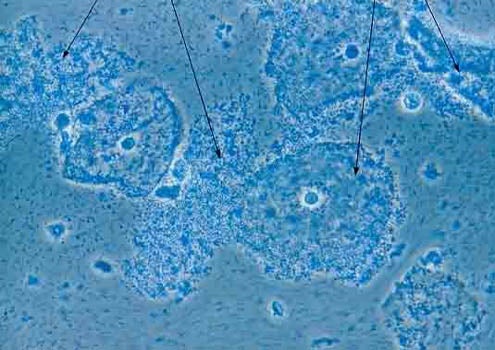
Bacterial vaginosis (BV) is an imposter on this list, as it is not actually an STI, but it can develop after you have had sex. It is the most common cause of unusual vaginal discharge which develops when the normal environment of the vagina changes. One in three women will get it at some time; men do not get bacterial vaginosis.
The cause of BV is not really understood, but in women who have it you find less of the normal vaginal bacteria (lactobacilli), an overgrowth of other types of bacteria in the vagina, and a change in pH (acid/alkaline balance) of the vagina with the vagina becoming more alkaline.
Symptoms
Around half of women with bacterial vaginosis will not have any signs and symptoms at all, or may not be aware of them. Noticeable symptoms include a change in the usual vaginal discharge – it may increase, become thin and watery, change to a white/grey colour and develop a strong, unpleasant, fishy smell, especially after sexual intercourse. BV is not usually associated with soreness, itching or irritation.
Treatment
Treatment can be antibiotics, either as a single dose or a longer course (up to a week), or a cream or gel which is used in the vagina for five to seven days. It is advised, if given the antibiotic metronidazole, either as tablets or a vaginal gel, not to drink alcohol during the treatment and for 48 hours afterwards because it reacts with the alcohol and can make you feel very unwell.
Some creams can weaken latex condoms, diaphragms and caps, so ask your doctor or nurse for advice.
As many people will not notice any signs or symptoms when they have an STI, it’s really important to get tested if you think you have taken a risk. You can find your local service by finding FPA’s Find a clinic tool.
The only method of contraception that can help protect against STIs is the male or female condom.
Natika Halil is CEO of sexual health charity FPA
Join our commenting forum
Join thought-provoking conversations, follow other Independent readers and see their replies
Comments
Bookmark popover
Removed from bookmarks